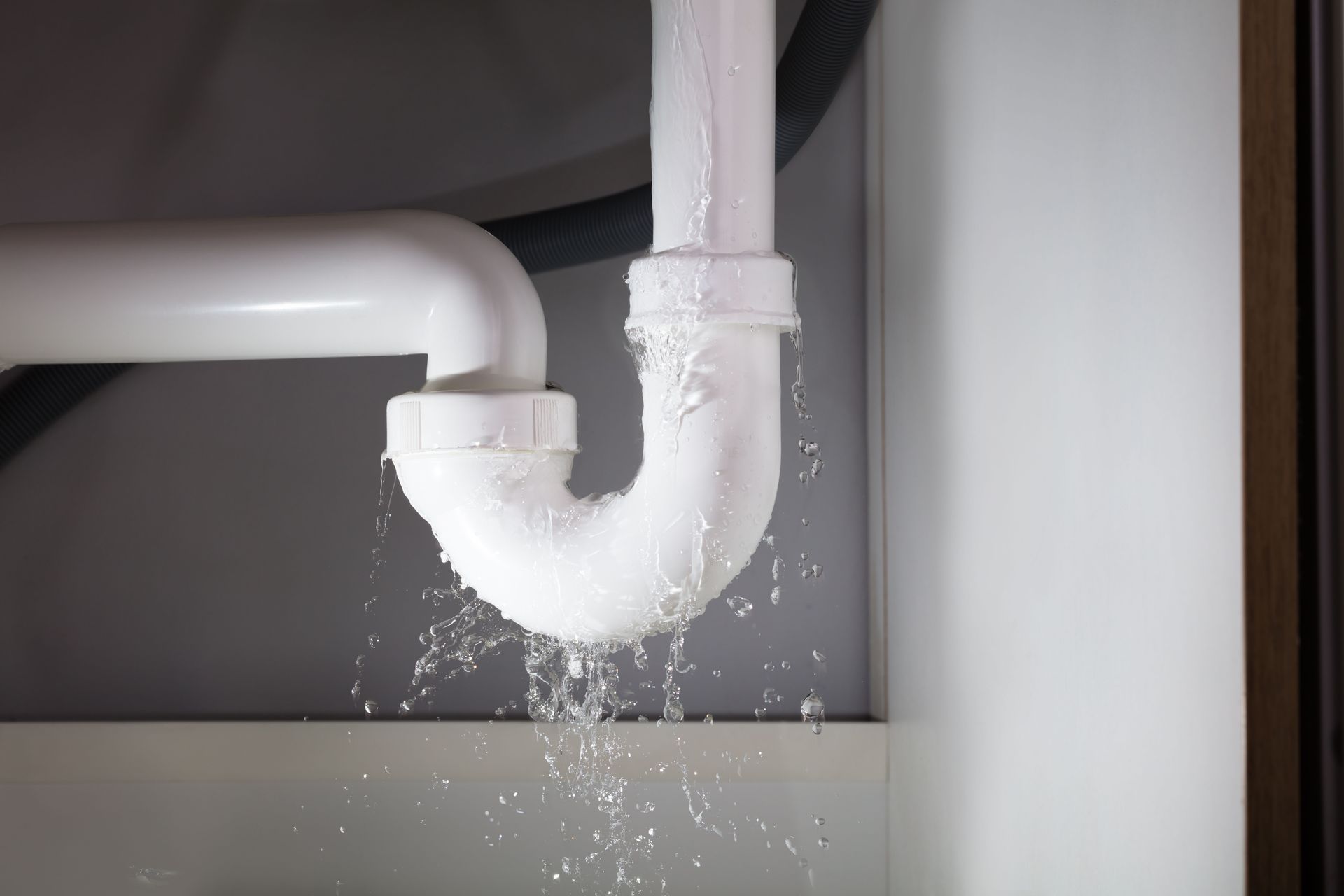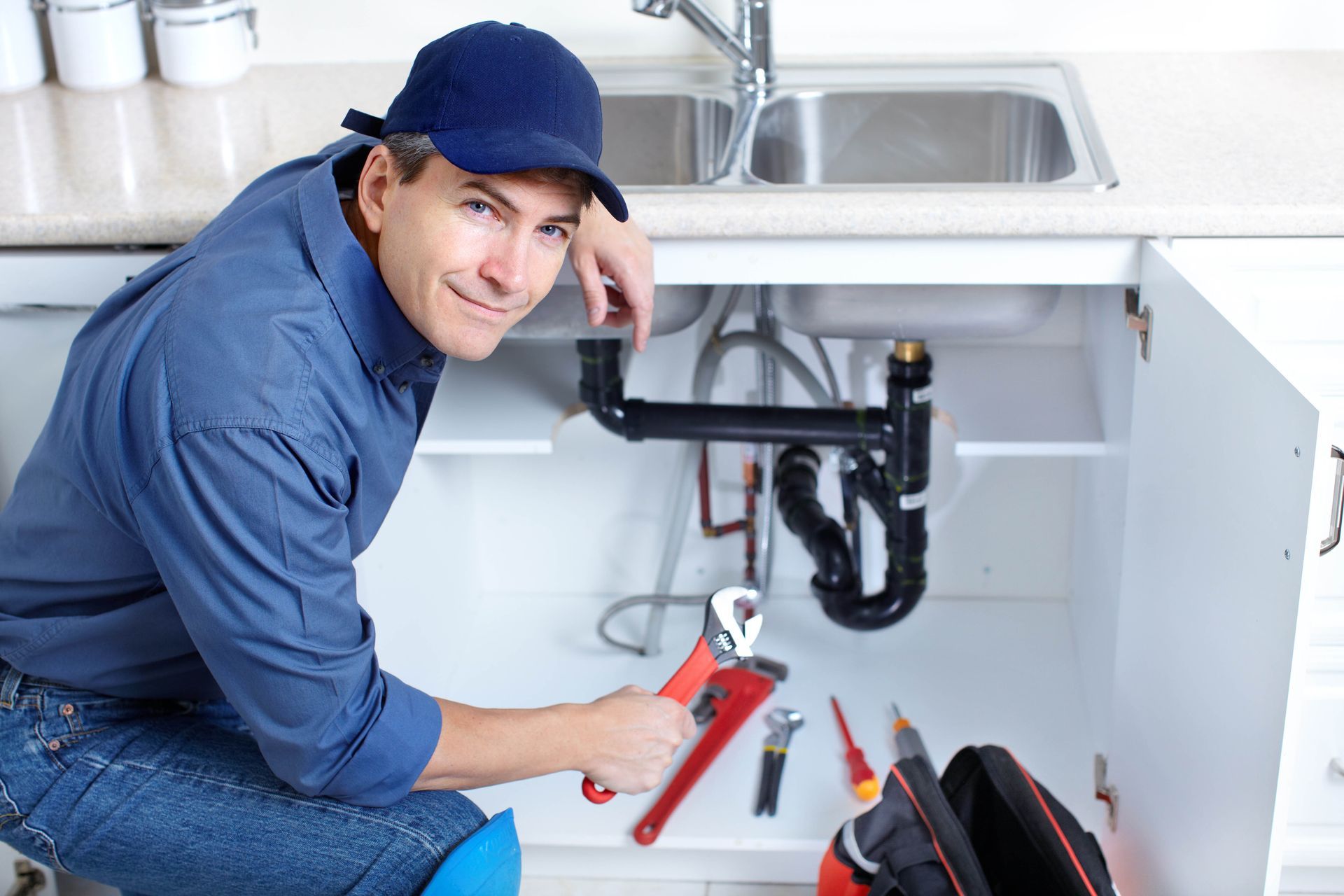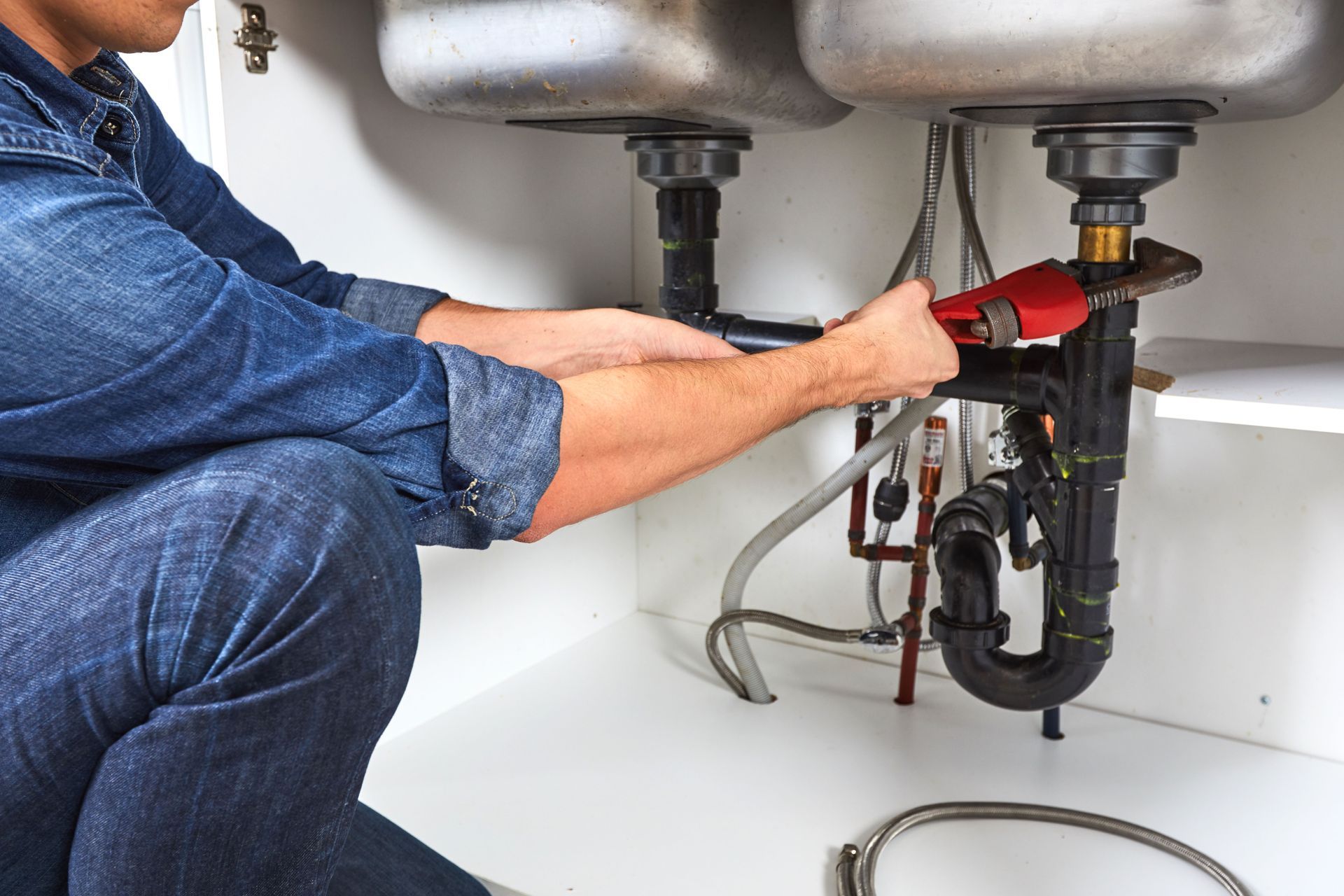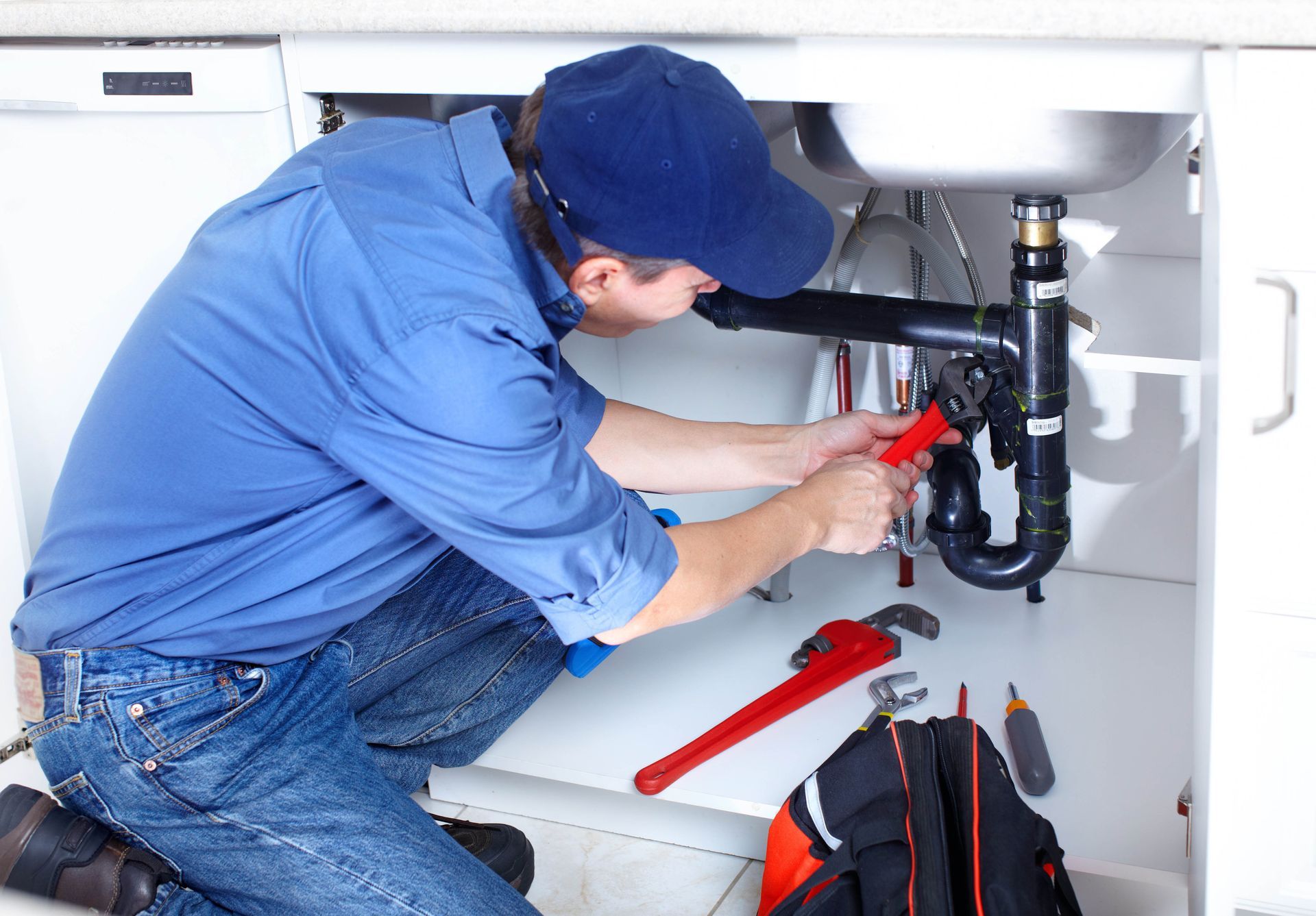5 Steps to Take if Your Home Has a Water Leak
Discovering a water leak in your home can cause immediate stress and panic. Water leaks not only can cause significant structural damage but can also lead to mold and mildew issues if not promptly addressed. This article will guide you through the essential steps to take if you suspect or discover a water leak in your home, helping you to effectively manage the situation and minimize potential damage.
1. Identify the Source of the Leak
Inspect Common Leak Areas
The first step in dealing with a water leak is identifying its source. Begin by inspecting common leak areas such as under sinks, around toilets, and near water heaters. Leaks often occur in these areas due to worn-out seals, corrosion, or loose connections. Overlooked spots like basements, attics, and crawlspaces should also be checked, as they can harbor unseen leaks. Catching these issues early can prevent further damage and reduce repair costs.
Check Your Water Meter
To further assess a potential leak, check your water meter for unexplained usage. Turn off all water in your home and observe the meter. If the meter continues to move, you likely have a leak somewhere in the system. This measurement can indicate the size of the leak and guide plumbing companies in prioritizing repairs. It's important to note that over 3,000 gallons of water can be wasted in a year from a leaky faucet dripping just once per second, according to the U.S. Environmental Protection Agency. Meter checks are an excellent initial test for homeowners to perform before calling in professionals.
Consult with a Professional Plumber
While home inspections are helpful, involving professional plumbing companies is often necessary for a comprehensive diagnosis. Expert plumbers use specialized tools and expertise to locate and repair leaks more efficiently. A professional assessment can provide reassurance that all potential leak sources have been identified and addressed. Inviting an expert reduces the risk of overlooking critical issues that may lead to future problems. By consulting with professionals, homeowners gain peace of mind and ensure the longevity of repairs.
2. Stop the Water Flow
Locate and Turn Off the Main Water Supply
Upon discovering a leak, promptly turning off the main water supply can prevent further damage. Familiarize yourself with your home's water shutoff locations in advance to respond quickly in emergencies. Shutting off the main valve stops water flow throughout the house, halting potential flooding. Quick action can mitigate immediate risks such as electrical hazards and further structural damage. If you aren't sure where this shutoff point is located, check with one of your local plumbing companies.
Use Valves to Isolate Specific Areas
If the leak appears localized, utilize branch valves to isolate the affected area without cutting off water supply to the entire house. Isolating specific areas allows you to continue using water in other parts of the house, minimizing disruption. Familiarize yourself with these valves, typically located near fixtures, to operate them confidently when needed. Valves are crucial in managing leaks, enabling you to control water supply strategically.
Monitor for Any Continued Leaks
After initial measures, continuous monitoring is essential to determine whether the problem persists. Observing changes in water pressure or wet spots can provide clues about a leak's status. Rechecking the water meter can confirm whether the flow has been successfully halted. Monitoring ensures early detection of unresolved issues, prompting timely intervention before they worsen. This vigilance is critical for ensuring that implemented solutions remain effective over time and involving one of your local plumbing companies as soon as possible if something changes.
3. Assess the Damage
Inspect Visible Areas for Water Damage
Once the flow is stopped, assess visible areas for signs of water damage. Look for discoloration, warping, and deterioration in walls, ceilings, and floors. These visual indicators often reveal the extent of the damage and prioritize areas for repair. Regular inspections by you and one of your local plumbing companies will contribute to informed decisions about immediate interventions and long-term repair strategies. Prompt assessment prevents unnoticed damage from becoming severe, saving costs on future repairs.
Evaluate Potential Electrical Hazards
An overlooked risk of water leaks involves electrical hazards. Water intrusion near electrical outlets, wiring, or appliances poses significant safety concerns. Assess and report any suspicious activity like short-circuiting or power shutdowns to professionals immediately. Ensuring electrical safety involves turning off circuit breakers to affected areas and seeking expert evaluation. Identifying and addressing electrical risks promptly keeps household members safe and prevents potential disasters.
4. Contact Your Insurance Company
Review Your Home Insurance Policy
Insurance plays a crucial role in managing water leak repercussions. Begin by reviewing your home insurance policy to understand coverage related to leaks and water damage. Policies vary greatly; understanding your specific coverage helps manage expectations and guides your next steps. Familiarity with policy terms informs discussions with insurers, ensuring you leverage entitled benefits. Thorough knowledge of your policy serves as a foundation for effective claim negotiations.
Prepare Documentation for the Claim
Preparing a detailed claim involves gathering comprehensive documentation. Compile photographs, inspection results, and professional evaluations that substantiate the damage and potential costs. Complete and organize any necessary forms required by your insurance provider, detailing the incident and associated damages. Precise documentation accelerates the claim process, reducing delays and ambiguities. This preparation ensures a smooth and informed interaction with your insurer, facilitating timely claim approval.
Contact Your Insurance Company's Claims Department
Open communication with your insurer is essential in processing your claim efficiently. Contact the claims department promptly, providing them with the gathered documentation and claim details. Explaining the situation clearly assists insurance representatives in understanding the urgency and gravity of your claim. Expedite proceedings by being responsive and proactive throughout this challenge. Interaction with the claims department is an integral step in securing compensation for water damage repairs.
5. Plan for Repairs
Research and Select Qualified Contractors
Choosing the right contractor and plumbing companies significantly influences repair quality and satisfaction. Research potential contractors, seeking credentials, reviews, and recommendations from trusted sources. Select contractors with proven experience in water damage repair, ensuring high-quality and durable solutions. Proper vetting allows you to engage reliable professionals who deliver on promises without oversight complications. Investing time in this selection process leads to successful collaborations and expertly conducted repairs.
Understand Repair Timelines and Phases
Timelines are vital in coordinating and managing repair workflows. Discuss anticipated timelines and phases with contractors and plumbing companies to understand project duration and sequencing. Clear timeframes support realistic planning, minimizing home disruption during repairs. Accurate scheduling allows for proper accommodation of repair phases, ensuring that each task is conducted efficiently. Engage actively with contractors to adapt schedules as needed, maintaining progress and momentum throughout the project.
Prepare Your Home for Repair Work
Active preparation creates a conducive environment for repairs. Remove or secure valuable items, clearing clutter from work areas to facilitate unimpeded access and movement. Protective coverings and precautions preserve undamaged areas, minimizing dust and incidental damage during construction activities. Involve household members in preparations, maintaining clear communication about repair schedules and impact. This preparation assists in achieving smooth, efficient, and successful repair operations tailored to the scope of damage.
By following these steps, homeowners can effectively manage a water leak situation, mitigate damage, and ensure that their home remains a safe and healthy environment. Building a proactive and educated approach empowers you to navigate water leak challenges with confidence and competency. If you're looking for reliable plumbing companies in your area, consider Certified Plumbing. Contact our team today to get started working together!






Share On: